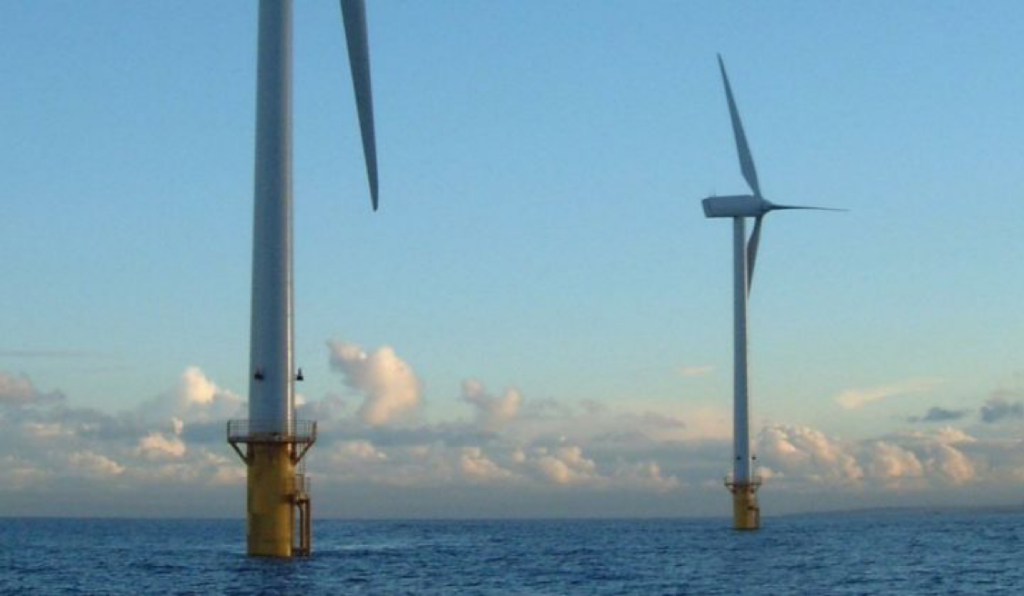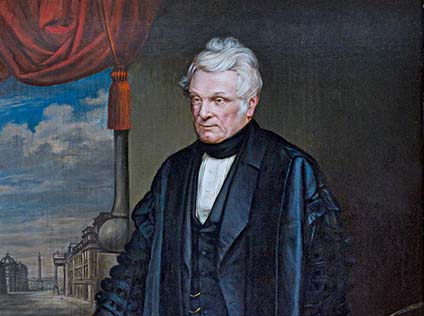This project involved collaborating with, ‘Our Past, Your Future’, a live public history project. They aim to map the North East’s unique and rich heritage of industry and innovation. My role was to further populate the digital map by researching and writing engaging copy, resourcing images, media and other online resources relating to the subject. Below are my contributions to this project. I will be an ongoing OPYF volunteer and will add future submissions to this page, linking the OPYF site.
Submission One: Blyth Wind Farm, the UK’s first and the worlds largest offshore wind farm at the time

The Blyth Offshore Wind Farm was a small coastal wind farm located in Blyth, Northumberland. It was a project commissioned in December 2000, developed by a consortium including E.ON, Shell Renewables, NUON and Border Wind. Following its creation, 600 larger offshore turbines have since been erected in British waters. This wind farm marked the beginning of the industry in Britain. Following its decommissioning in 2019, one of the turbines was recycled for parts and another is being used for training on the Port of Blyth.
Since the sites decommissioning, it is now under ‘phase two’, funded by EDF Renewables, part of one of the world’s largest electricity companies. This project began in 2017 and is an expansion of the farm, from five to ten floating turbines; this would hopefully double the site’s energy capacity. It is the first offshore wind farm to use “float and submerge” technology; this means floating the turbine into position then immersing it. The development timescale of this project has not been finalised, though EDF’s target is to have it completed by Spring 2025. EDF Renewables have determined a key requirement of the project is to demonstrate new and innovative technologies, in an attempt to reduce costs of offshore wind. The floating turbines reduce costs because they are cheaper to install as foundations do not need to be drilled into the seabed; they can also be located further out at sea. EDF is working in conjunction with the Offshore Renewable Energy Catapult to ensure this aim is met, and that affordable, low carbon electricity is provided to the UK and Ireland.
Submission Two: John Clayton, the town clerk credited to saving Hadrian’s Wall

John Clayton (1792-1890) is famously known for his work with Richard Grainger and John Dobson in their redevelopment of Newcastle City Centre. However, his work as an antiquarian is often overlooked.
Clayton used portions of his wealth to buy land which contained parts of Hadrian’s Wall. In doing so, he is directly responsible for having saved remainders of the wall, some of which still stand today. His endeavour began when he inherited his father’s estate, Chesters, in 1832. He investigated the site, prevented stone robbing and began excavating in 1840. He had an active interest in preserving Hadrian’s Wall, as was noted at his memorial: “Whenever an estate came into the market having on it some portion of the Wall, he strove to become its possessor”. This interest involved the acquisition of large portions of the wall and frequently rebuilding parts of it. By the time of his death, Clayton owned close to 20 miles of Hadrian’s Wall and five forts, out of the 80 Roman miles it used to be. This impressive amassment of the site denotes his dedication to its conservation; he was a pioneer in the preservation of its’ history. This was a time when archaeology was expanding as a discipline and public interest in the Wall was increasing.
Following his death, his archaeological estate was preserved, the Clayton Collection of Roman Antiquities was created and the Wall was hailed a World Heritage Site by UNESCO in 1987. The collection consists mainly of Clayton’s findings and is maintained by the English Heritage.
Citations for all research in this section can be found under the ‘References’ menu

